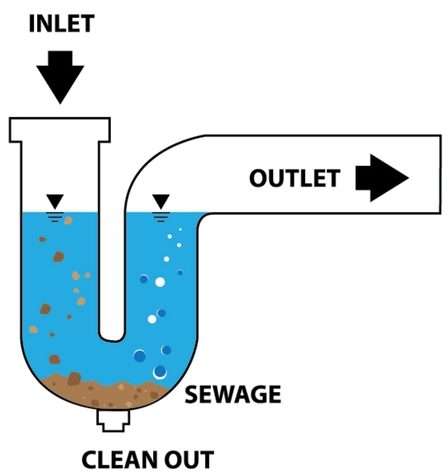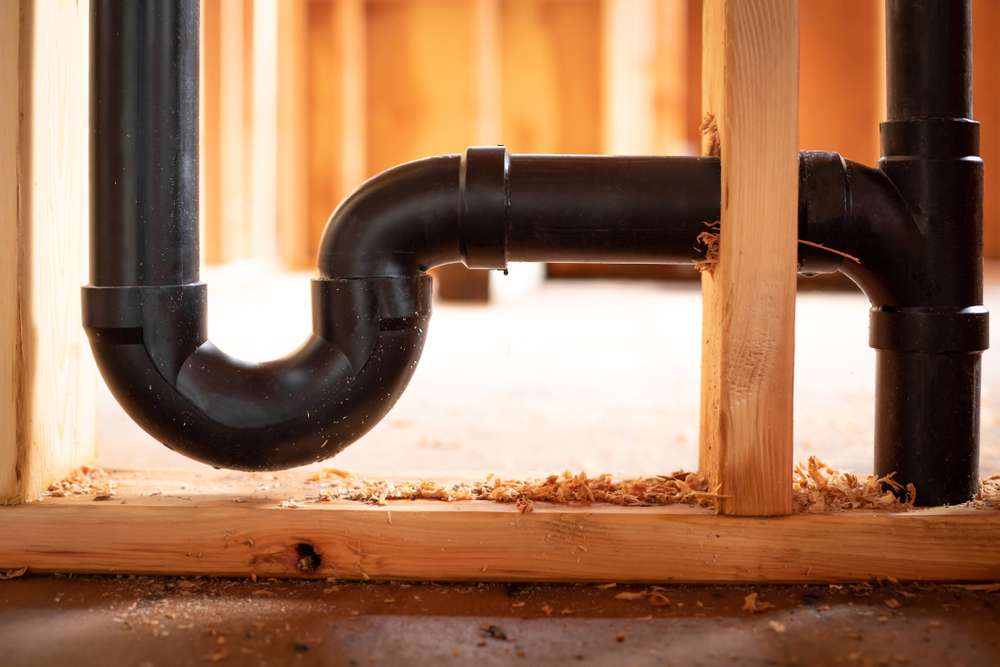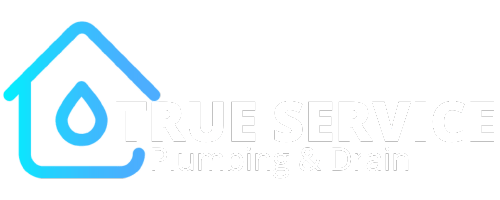We’ve all seen them before. Surely, you’ve noticed them while reaching for that bottle of dishwasher detergent. That mysteriously shaped pipe which exists below your sink in the kitchen cabinet. Ever wonder what they do or it’s purpose? Today we explore the plumbing wonders behind the P-Trap.
Origins of the P-Trap
Plumbing traps in one form or another have existed for around 250 years. The original plumbing trap system was the S-shape trap or S-bend. First to patent the design was Scottish inventor Alexander Cumming in 1775.[1]https://web.archive.org/web/20140322153936/http://www.oxforddnb.com/templates/article.jsp?articleid=6893&back=,6895
Almost a century later, Thomas Crapper later made improvements to the original design of the S-trap. In turn, this led to the invention of the U-bend in 1880.[2]http://www.exnet.com/1995/11/01/science/science.html This new U-bend plumbing trap system was a significant improvement over its predecessor. One improvement was that it was less prone to clogs. Unlike the S-trap, it also did not tend to dry out as often. This made the U-bend more consistent in maintaining water in the trap.
A 90-degree fitting was later added to the outlet side of the U-bend, becoming what we now know as the P-Trap. Today, the P-trap is the most popular plumbing trap system for its efficiency.[3]http://www.differencebetween.info/difference-between-p-trap-and-s-trap
Purpose of a P-Trap
In most homes within Toronto and the GTA, you can find a P-Trap under the sink drain of bathrooms and kitchens. The trap works by allowing the U-bend of the pipe to fill up with water after you use a plumbing fixture like a faucet. This water forms a barrier, which prevents smelly and harmful gases from moving up the drainage or sewage line. This bit is important as sewer gas is not only smelly, but is also quite harmful to our health.
A P-trap can also catch and prevent heavy solid materials from going down your drain. This feature is useful when you drop something of value down the drain. You can retrieve things like rings, earrings, necklaces, and various other small trinkets of value from the bend of a P-trap.
The bend can also collect other debris like food waste and hair. This stops them from entering and clogging your home plumbing system. The bottom of a P-trap features a small cleanout-plug to clear out clogs contained by the trap.

P-Trap Trouble
As good as they are, P-traps are not without faults. Here are a few common issues you may potentially experience:
P-trap is clogged: Debris accumulation can build up and cause the drain to clog at the bend. A blocked p-trap will cause a water backflow. A sign of this is the water in your sink takes longer than usual to drain. As bad as this sounds, there is some good news. Because P-traps are out in the open, they are easily detachable for cleaning. Here’s a quick guide to cleaning your P-trap:
- Place a bucket beneath your clogged P-trap.
- Using a pair of pliers, disassemble the P-trap by loosening the nut locks.
- Remove the P-trap and clear out the clog.
- Clean out the P-trap with a pipe brush to remove any remaining debris stuck to the pipe.
- Rinse thoroughly with water.
- Before reassembly, inspect the pipe for any cracks or damage.
- Reattach P-trap to drain.
P-TRAP PLUMBING TROUBLESHOOTING
P-trap is dry: Water within the U-bend of the P-trap can evaporate. This can occur if you’ve been away on vacation or haven’t used the drain for sometime. A tell-tale sign is a foul odour coming out from your drain. To confirm, shine a flashlight into your sink drain. If there is no water, run the faucet. Doing so will restore the water barrier.
Your P-trap can also empty due to insufficient ventilation. This can occur with a blockage of your plumbing vent stack. A plumbing vent is a vertical pipe which runs up to your roof. This vent equalizes the air pressure throughout your home plumbing system. If debris is blocking your vent, it can create negative pressure with water flow. The result is a vacuum effect draining all the water, including the water barrier held within the P-trap. When this happens, you’ll hear a ‘gurgling’ sound as air is being drawn from your sink drain.
P-trap is leaking: With age, P-traps can degrade. Use of chemical cleaners on drains may speed up this process. Luckily, this issue is very noticeable. You’ll begin to see water spilling outside around the bottom of your P-trap. If this is the case, you’ll need to replace the damaged P-trap as soon as possible.
Pipe And Drain Repair Service with True Service Plumbing
Your P-trap being a real p-a-i-n? Say no more, let True Service handle the rest!
Our licensed plumbers will assess your home’s plumbing system and determine the root cause of your issue, and perform the services necessary to get your plumbing up and working again.
From clogged or damaged P-traps, plumbing fixture installation and replacement, to drain cleaning and repair – True Service Plumbing has your back when it comes to all things plumbing.
Contact True Service Plumbing today to schedule a free estimate and consultation.
References


